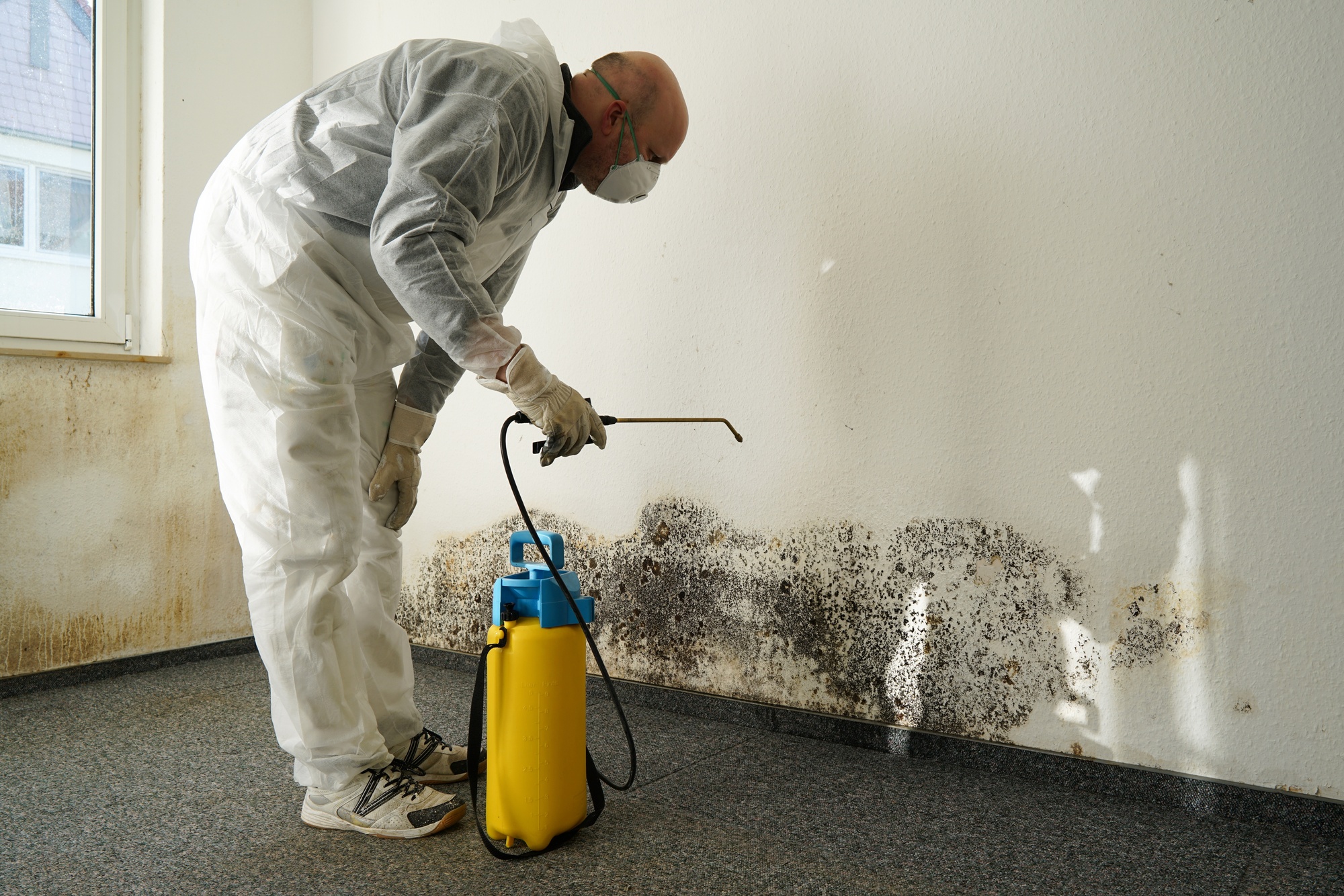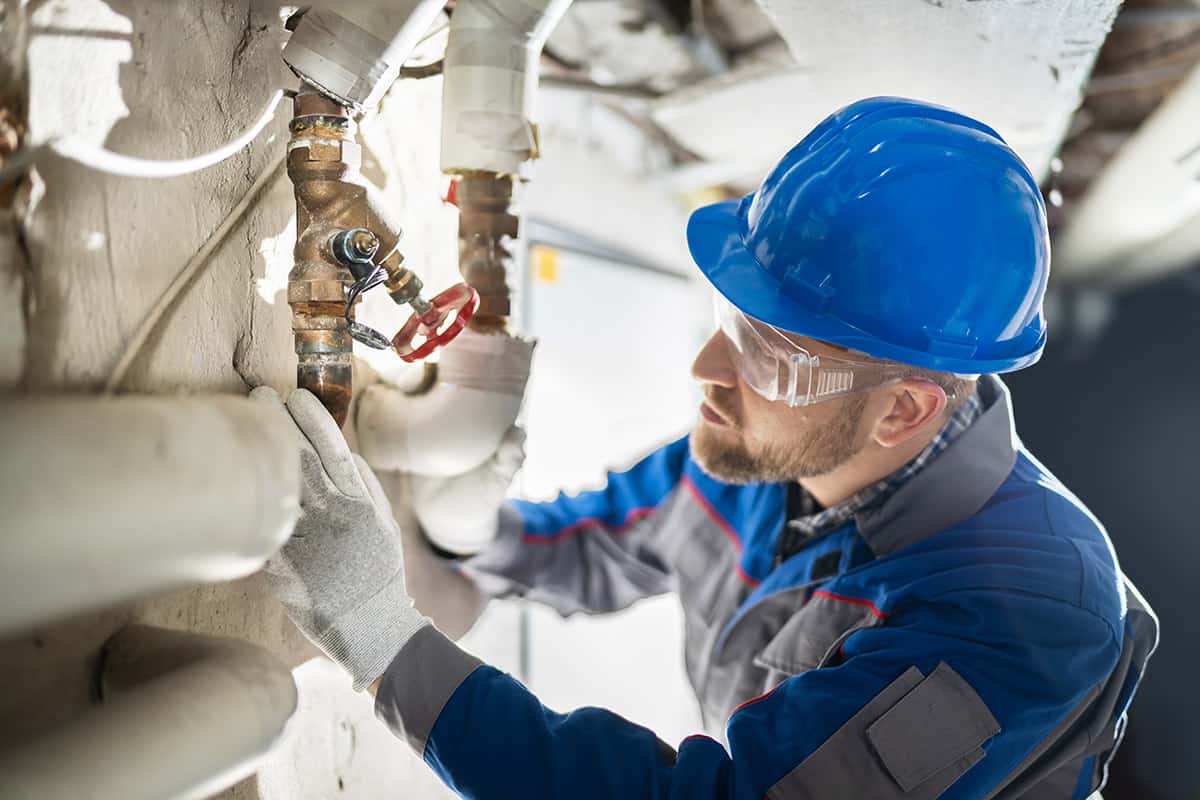Water Damage Restoration 101: Comprehending the Process and Expense
Water damage can strike suddenly, leaving home owners in a state of confusion. Understanding the remediation procedure is important for reliable recuperation. From examining the damage to selecting the appropriate company, each action influences the total end result and expense. Elements such as the kind of water damage and seriousness also play a substantial role. What are the details techniques utilized in repair, and exactly how can one plan for potential expenditures?
Sorts Of Water Damage

Initial Assessment and Examination

Water Extraction Methods
Adhering to the preliminary assessment, effective water removal strategies are utilized to mitigate damage and stop more problems. These techniques entail making use of specialized tools such as industrial-grade vacuums and completely submersible pumps - Water Damage Restoration. The choice of approach depends upon the quantity of water present and the sort of products impacted. For standing water, completely submersible pumps are normally utilized for rapid elimination, while vacuum cleaners are optimal for extracting water from carpets and upholstery. Furthermore, advanced methods like water removal floor coverings may be utilized for hard-to-reach areas - Flood Cleanup Services. The objective is to get rid of as much water as feasible, minimizing the potential for mold and mildew development and architectural damage. Prompt and reliable water extraction is crucial in the general water damage reconstruction process
Drying Out and Dehumidification Process
When the water removal is total, the drying out and dehumidification process comes to be critical to bring back the damaged area. This stage normally employs industrial-grade dehumidifiers and air movers to effectively lower wetness levels. The dehumidifiers draw in wet air, getting rid of excess humidity, while air moving companies circulate air to increase dissipation. Surveillance equipment is usually utilized to track moisture and temperature level degrees, ensuring ideal drying problems. The period of this process can vary relying on the degree of the water damage and environmental aspects. It is vital to extensively completely dry all influenced materials, consisting of walls, flooring, and furnishings, to stop mold and mildew development and architectural damage. Correct execution of this step is crucial for an effective reconstruction outcome.
Cleaning and Sterilizing Affected Locations
A detailed initial analysis and evaluation of impacted areas is important to determine contamination levels once the drying process is complete. Water Damage Restoration. Effective cleaning techniques and appropriate items need to then be employed to get rid of particles and discolorations. Lastly, sanitization and disinfection methods are important to ensure that unsafe virus are removed, recovering the area to a risk-free condition
Initial Analysis and Examination
Prior to beginning any type of restoration initiatives, a comprehensive initial analysis and examination of the affected locations are important for reliable cleansing and sterilizing. This procedure entails identifying the level of water damage, identifying the resource of the water intrusion, and check this site out reviewing the materials influenced. Examiners usually look for signs of mold growth, architectural stability concerns, and damaged valuables. The assessment likewise consists of inspecting dampness levels utilizing customized devices to assure no hidden water pockets stay, as these can lead to additional problems. Documenting the searchings for is crucial for preparing the next steps in the repair process. A thorough initial evaluation enables reconstruction experts to create a targeted approach for effective cleaning and disinfecting, eventually decreasing damage and health risks.
Cleaning Up Methods and Products
Reliable cleaning and sanitizing of water-damaged areas call for a selection of products and techniques customized to the details materials influenced. For permeable surfaces like drywall and carpeting, extraction approaches are important to remove excess wetness, followed by deep cleansing with specialized detergents. Non-porous materials such as tile or metal can be cleaned utilizing commercial-grade cleaners that successfully get rid of pollutants. Heavy steam cleansing is one more effective strategy, especially for carpets and furniture, as it utilizes heats to remove bacteria and mold and mildew (Flood Cleanup Services). In addition, green items are progressively prominent for their safety and efficacy - Water Damage Restoration. Eventually, selecting the appropriate cleaning methods and products not just assures instant cleanliness however likewise help in stopping more damage and wellness hazards associated with water invasion
Sanitization and Disinfection Approaches
When attending to water damage, correct sanitization and disinfection methods are necessary to guarantee the safety and security and wellness of the damaged atmosphere. After initial cleaning, surfaces need to be treated with ideal anti-bacterials to get rid of virus, mold and mildew, and microorganisms that prosper in moist problems. Common techniques consist of the use of EPA-approved chemical anti-bacterials, which can be used with splashing or wiping strategies. Additionally, ultraviolet (UV) light systems can effectively disinfect locations by reducing the effects of microorganisms without rough chemicals. The option of approach frequently depends upon the kind of products influenced and the level of contamination. Eventually, detailed sanitization not just brings back a safe space however likewise helps protect against future wellness risks connected with remaining wetness and mold and mildew development.

Repairs and Restoration Options
Reviewing the damage brought on by water exposure is important for figuring out the proper repair work and remediation choices. Homeowners may face different problems, including harmed drywall, distorted floor covering, and endangered structural components. Depending on the degree of the damage, repair work may entail changing areas of drywall, setting up new flooring, or reinforcing architectural light beams. In situations of extreme damage, full substitute of affected materials may be required. Additionally, expert restorers usually advise utilizing moisture meters to analyze surprise wetness levels prior to choosing the best course of action. It is necessary to act without delay to avoid mold development and further wear and tear. Picking the appropriate choices not just brings back the building however likewise assures long-lasting security and functionality.
Aspects Affecting Restoration Costs

The level of water damage directly influences the restoration sets you back house owners can anticipate to incur. Aspects such as the resource of the water, the duration of direct exposure, and the affected products considerably influence prices. As an example, clean water damage from a busted pipe is generally less costly to recover compared to damage brought on by sewage. Additionally, the level of contamination determines the demand for specialized cleansing and disposal solutions, better increasing expenses. Geographic location likewise contributes, as local labor rates and accessibility of remediation solutions can differ. The necessity of the feedback affects prices; quicker treatments normally lead to decrease overall expenditures by avoiding more damage. Understanding these aspects is important for house owners when estimating reconstruction prices.
The 3 main kinds of water damage are classified based on contamination degrees: tidy water, gray water, and black water. A comprehensive preliminary evaluation and evaluation are vital actions in the water damage remediation process. For standing water, submersible pumps are generally used for quick elimination, while vacuum cleaners are perfect for extracting water from carpetings and furniture. The degree of water damage straight impacts the reconstruction sets you back homeowners can anticipate to sustain. Clean water damage from a broken pipeline is normally less costly to recover contrasted to damage caused by sewer.